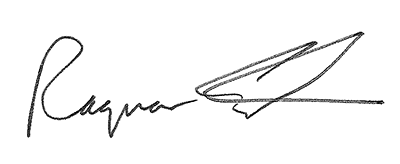9
Norðurál and its Parent Company
Century Aluminum
The headquarters of Century Aluminum, Norðurál’s parent company, are located in Chicago, Illanois. Along with the aluminum plant in Grundartangi, the company runs three more aluminum plants in the United States. The total production of Century Aluminum in 2016 was 738 thousand tons and the company is the largest aluminum producers in the United States.
- - Norðurál, Grundartanga
- - Hawesville, Kentucky
- - Sebree, Kentucky
- - Mt. Holly, South-Carolina
In addition to aluminum plants, the company owns electrode factories in the Netherlands and China. Century Vlissingen is located in an industrial area in the South Holland. Icelandic engineering firms and engineers have overseen design of and changes in equipment in Vlissingen. Approximately 50 employees work there and the production capacity is 145.000 tons per year.
Century Aluminum also holds a 40% share in the electrode factory Baise Haohai Carbon Co., Ltd. in Guangxi Zhuang in South China. The co-owner is Guagnxi Qiangqiang Carbon Co., Ltd. that also manages the operation. The production capacity is 180.000 tons per year.
Electrodes are used to produce aluminum and Norðurál in Grundartangi uses electrodes from both of the factories.
